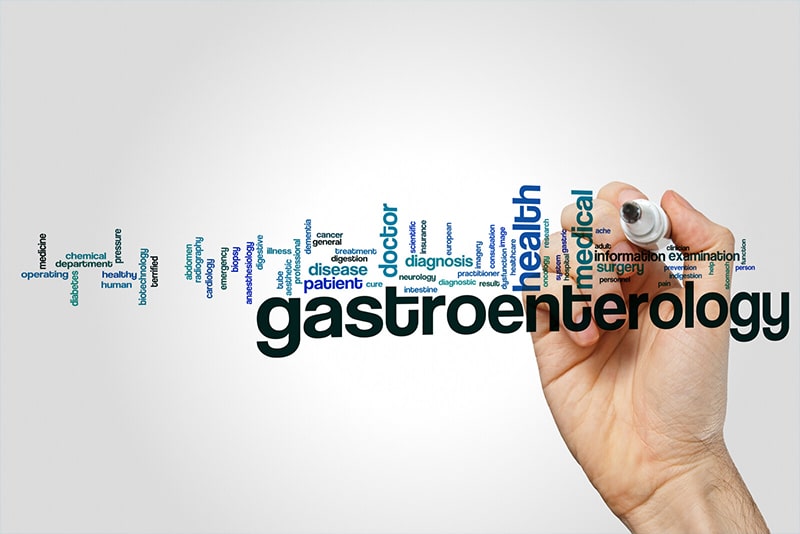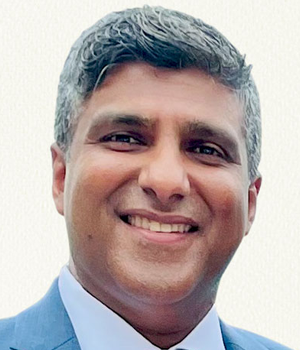Just as in any other business, understanding money matters is critical to run a successful medical practice. Gastroenterologists provide both medical and surgical services, and face complex coding and billing challenges. The COVID-19 pandemic has exacerbated these challenges. According to Medscape’s 2021 Gastroenterologist Compensation Report, 52% of self-employed gastroenterologists saw a 1-25% decline in patient volume that they consider permanent. Partnering with a gastroenterology medical coding company can prevent revenue loss caused by billing and coding mistakes. With gastro-specific office/outpatient E/M services and new payer regulations in 2021, such support can be crucial for practices to improve their bottom line.
Here are the major billing and coding points that gastroenterologists should pay attention to in 2021:
- Ensure Proper Documentation: Proper documentation is essential for correct code assignment and to demonstrate medical necessity for successful billing. Not demonstrating medical necessity can lead to denied claims and also authorization denials for lab tests, medication, diagnostic studies, etc. Medicare and commercial payers usually have local coverage determinations (LCDs) for many procedures and testing, including indications and restrictions, along with approved diagnosis codes. Examples of gastroesophageal and gastrointestinal (GI) services and procedures for which Medicare has LCDs are: Wireless Capsule Endoscopy (CPT codes 91110 and 91111), Colon Capsule Endoscopy (CCE) (CPT code 0355T), Endoscopic Procedures for Treatment of Gastroesophageal Reflux Disease (GERD) (CPT code 43257), and LINX® Reflux Management System for the Treatment of Gastroesophageal Reflux Disease (GERD) (CPT code 43284).
In addition to documenting medical necessity for endoscopy and procedural billing, GI Hepatology News reminds us that documentation for endoscopy and procedural billing has to include the technique used to treat the area within the gastrointestinal tract, the location of lesions/abnormalities, method of treatment/removal, and the reason(s)/indication(s) for those procedures. Different instruments used in the colon can be separately reported with an appropriate modifier to indicate that these services were performed for different lesions/abnormalities. All these details have to be documented in the endoscopy report in order to bill each procedure.
When it comes to billing diagnostic studies and procedures, medical necessity/indication for the testing must be documented. Usually abnormal lab tests, signs, and symptoms are the most crucial red flags for testing. The documentation should include the interpretation of the test results is clear along with recommendation(s) (GI Hepatology News).
- Know and Follow E/M Guidelines: There are specific changes to gastro-specific E/M services in 2021. Understanding how to properly document and code Evaluation and Management (E/M) patient visits is crucial for providers to optimize medical billing and maximize payment. E/M codes are now assigned based one of these two elements: time and medical decision making (MDM). Starting 2021, CPT changed the definition of time associated with 99202-99215 changed from “typical face-to-face time” to “total time spent on the day of the encounter.” The aim of this change was to clarify time when more than one provider is involved (www.aapc.com). Total time includes the following activities:
- Preparing to see the patient
- Obtaining separately obtained history
- Reviewing separately obtained history
- Performing the exam
- Counseling and education patient/family
- Ordering medication, tests or procedures
- Referring and communicating with other health care professionals
- Documenting the care
- Independently interpreting and communicating test result to patient/family
- Care coordination (when not separately reported)
The point to note is that while history, exam, and MDM continue to be significant elements of the encounter; they do not specifically influence code selection time is used as the determining factor.
- Use Modifiers Correctly: One of the most common gastroenterology coding mistakes is caused by confusion between modifier51 (multiple procedures) and modifier 59 (distinct procedural service). These modifiers serve different purposes though they are both used when multiple services are performed. Modifier 51 is used to indicate that multiple procedures (other than E/M) were performed at the same session by the same provider. Modifier 51 is used to identify the second and subsequent operative procedures to third party payers when the procedures are ranked in order of RVU, and is not added on the primary procedure based on what was done to address the patient’s illness. Modifier 59 Distinct Procedural Service indicates that a procedure is separate and distinct from another procedure on the same date of service. Indications for the use of modifier 59 include: different session or encounter on the same date of service; different procedure distinct from the first procedure, and different anatomic site, and separate incision, excision, injury or body part.
- Assign the Right ICD-10 Codes: ICD-10 codes support medical necessity for the services provided. While physicians need to document the most specific clinical diagnosis, medical coders should assign diagnosis codes to the highest degree of specificity documented. This is crucial for accurate claim submission and proper reimbursement. In a situation where the physician cannot establish a diagnosis for an encounter, the condition or conditions — such as symptoms, signs, abnormal test results, or other reason for the visit — should be coded to the highest degree of certainty. Comorbidities can be coded to support the higher level of decision making.
In addition to paying attention to the above-mentioned aspects, gastroenterology practices need to know how to navigate new rules related to telehealth services. Telemedicine utilization increased during the public health emergency. A recent beckersasc.com article notes that practices will need to closely monitor how changes in reimbursement rates evolve as they work on building a balance between seeing patients in the office and via telemedicine. Outsourced medical billing and coding services are a reliable option to deal with these challenges. Partnering with an experienced gastroenterology medical coding company can ensure coding accuracy, help improve clinical documentation, and keep the revenue cycle healthy with error-free billing and claim submission.


